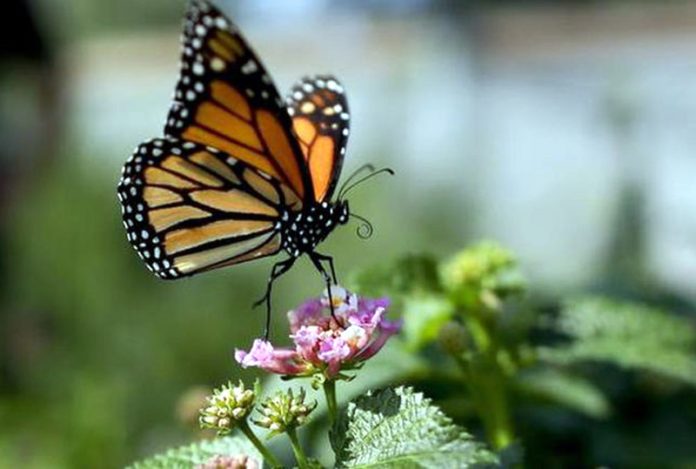NEW DELHI, Sep 12 : Delhi is gearing up for a butterfly and dragonfly census in September, with city agencies inviting volunteers to participate in the annual survey as part of the forest and wildlife department’s “Butterfly Month” festivities.
According to the official, the event will feature activities such as a butterfly walk and a photography competition, aimed at raising awareness about the city’s butterfly species, according to the official.
The dragonfly census, which also includes damselflies–part of the odonata family–will be conducted in Delhi’s biodiversity parks from September 18 to 20.
Meanwhile, a two-week butterfly count will kick off in the last week of September at the Asola Bhatti Wildlife Sanctuary in South Delhi, according to officials.
The butterfly count will conclude with events at Asola Bhatti, which includes a guided butterfly walk and a photography competition designed to enhance public awareness of local butterfly species.
The walk, led by Ishtiyaq Ahmed from the Give Me Trees Trust (GMTT), will provide insights into the various butterfly species found in Delhi. The department is expected to release the precise dates for the count shortly.
“A team of experts will lead the butterfly count over two weeks, and we encourage students and volunteers to participate. The month will also feature a photography contest and a butterfly walk,” said a senior official from the forest department.
The department is also exploring the possibility of including additional locations for the butterfly count, although Asola Bhatti will remain the main focus.
Simultaneously, the dragonfly and damselfly count will be held across seven of Delhi’s biodiversity parks, organised by the Delhi Development Authority (DDA) under its biodiversity parks programme.
Faiyaz Khudsar, who heads the biodiversity parks programme, stated that the census will take place from September 18 to 20 between 9 am and 11 am at all seven parks– Neela Hauz, Yamuna Biodiversity Park, Aravalli Biodiversity Park, Tughlakabad, Tilpath Valley, Kamla Nehru and Kalindi Biodiversity Park.
“Dragonflies and damselflies are key indicators of a healthy ecosystem. A single dragonfly can eat up to 100 mosquitoes, making them essential for controlling mosquito populations naturally,” Khudsar explained.
During last year’s dragonfly and damselfly count, which took place from October 5 to 7, Kamla Nehru Biodiversity Park led with the highest species count at 25, while Yamuna Biodiversity Park followed with 21 species.
However, officials noted a slight decline in species diversity at four of the seven parks compared to 2022. (PTI )
Trending Now
E-Paper


